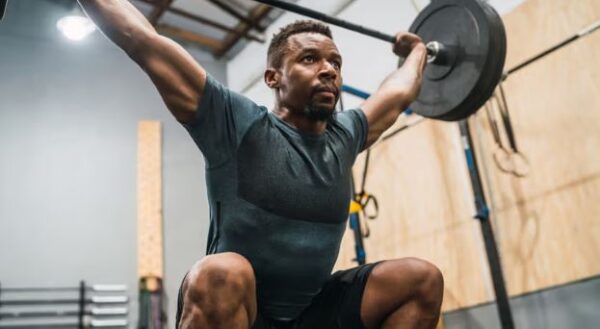Lifestyle
How long does it take to see results from working out?

Starting a workout routine can be exciting yet challenging, especially when you’re eager to see results.
When you begin a new workout routine, you might wonder how long it will take to see changes in your body and overall fitness.
Initial changes – weeks 1-2
In the first couple of weeks, you may not see significant changes in your appearance, but you will start to feel some immediate benefits. These include increased energy levels, improved mood, better sleep quality, and a greater sense of well-being.
These early benefits are due to the chemical changes in your brain from increased blood flow and the release of feel-good hormones like endorphins and serotonin.
Building endurance and strength – weeks 3-6
Between three to six weeks, your body starts to adapt to your new workout routine. You’ll likely notice improvements in your endurance and strength. For instance, you might find that you can run longer distances, lift heavier weights, or complete more repetitions of an exercise than you could when you started.
These changes occur because your cardiovascular system and muscles are becoming more efficient and stronger.
Visible changes – months 2-3
By the second to third month, more noticeable physical changes begin to appear. This is the time when many people start to see muscle definition and changes in body composition. If your goal is weight loss, you might notice your clothes fitting differently even if the scale doesn’t show a significant drop. This is because you are likely losing fat and gaining muscle, which is denser than fat and takes up less space.
Significant results – months 3-6
From three to six months, the results of your hard work become more apparent. You will see substantial improvements in muscle tone, strength, and overall fitnes
Your endurance levels will be much higher, allowing you to sustain longer and more intense workouts. Additionally, you may continue to lose weight if that is your goal, usually at a healthy rate of about 1-2 pounds per week.
Long-term fitness – 6+ months
For long-term fitness goals, such as running a marathon or achieving a significant transformation, consistent training for six months or more is essential. At this stage, maintaining your results becomes key. This involves staying consistent with your workout routine, gradually increasing the intensity, and paying close attention to your nutrition to support muscle growth and recovery.
Tips for success
- Be consistent: Aim to exercise at least three to four times a week.
- Mix it up: Incorporate a variety of exercises including cardio, strength training, and flexibility workouts to keep your routine balanced and interesting.
- Monitor progress: Use different metrics to track your progress, such as how your clothes fit, improvements in strength, and endurance rather than just the scale.
- Rest and recover: Give your body time to recover with adequate sleep and rest days to prevent injury and promote muscle growth.
- Stay hydrated and eat well: Proper nutrition and hydration are vital to support your workouts and recovery.
The timeline for seeing results from working out can vary, but understanding these stages can help manage expectations and keep you motivated.









